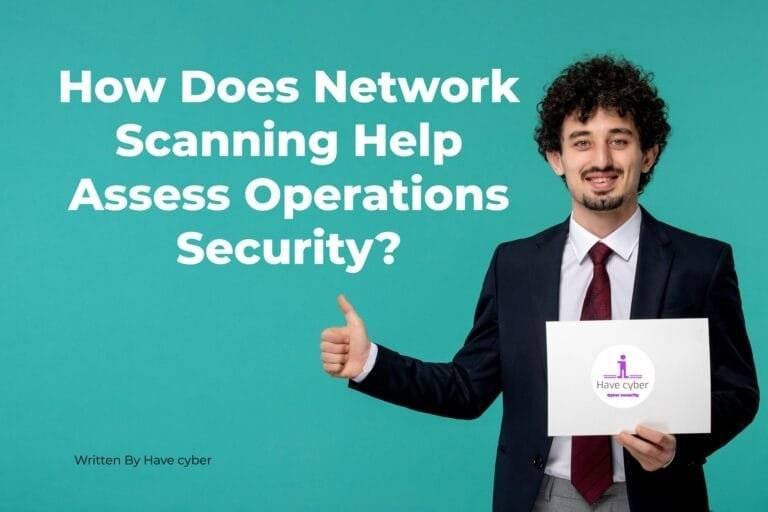Enhancing Network Security- Configuring Encryption Types Allowed for Kerberos
In the field of network security, Kerberos is a secure authentication system that enables safe data transmission and communication within or between domains. However, how well it works depends on the types of encryption used to secure private data during authentication transactions. As secure algorithms and technology develop, it becomes more important to configure Kerberos to make use of robust, modern encryption techniques.
Understanding Kerberos Encryption Types
Multiple encryption types, with different levels of security and compatibility, are supported by Kerberos. Although they are still often used, older encryption schemes like DES and RC4 are regarded to be outdated and vulnerable to cryptanalysis violence. On the other hand, more recent encryption schemes, including AES256-HMAC-SHA2 and AES128-HMAC-SHA1, provide significantly improved security and defense against recognized weaknesses.
Configuring Encryption Types for Optimal Security

Removing or unchecking the DES and RC4 encryption types in Kerberos settings is recommended for maximum security. This reduces the possibility of passwords being hacked or authentication exchanges being intercepted by basically prohibiting the use of these superior methods. Enabling robust encryption types like AES128-HMAC-SHA1 and AES256-HMAC-SHA2 improves the network’s overall security position.
Considerations for Legacy Systems
While putting robust encryption types in place is crucial for increased security, it’s also important to take older operating system requirements into account. Modern encryption techniques might not be supported by older operating systems or applications, which could lead to disruptions or failures in authentication. Under such circumstances, a phased strategy that gradually moves legacy systems to support modern encryption techniques without interfering with essential features may be required. Under such circumstances, a phased strategy that gradually moves legacy systems to support modern encryption techniques without interfering with vital functions may be required. This step-by-step method includes:
- Completing a thorough inventory is essential to identifying legacy systems and improving cybersecurity. By evaluating these systems’ encryption capabilities, this procedure aims to shed light on their security protocols. Organizations may make educated decisions about potential vulnerabilities and create measures to mitigate risks by understanding the encryption status of historical systems. By taking an active role, you can ensure a strong cybersecurity architecture that meets with current regulations and protects confidential data from danger.
- Prioritize based on the importance of legacy systems and their potential impact on network operations to speed up the migration process. This involves assessing each system’s significance within the network and finding out how its migration could affect the operations as a whole. Organizations can reduce disruptions, optimize resource allocation, and facilitate a seamless transition to updated systems by carefully choosing migrations. By focusing on the most important components first and then enhancing the network’s overall functionality and security, this strategy maximizes the effectiveness of migration efforts.
- Before installation, conduct testing for compatibility to make sure that the more recent algorithms for encryption and previous systems work properly together. The purpose of this thorough evaluation procedure is to find and fix any potential issues so that the updated encryption techniques work in perfect balance with the present system. Organizations can reduce disruptions, improve system stability, and ensure the successful integration of modern encryption technologies by fixing compatibility issues. By taking a proactive stance, the risks related to incompatibility are reduced, boosting the security position overall and facilitating the seamless and efficient deployment of encryption upgrades across legacy systems.
- Maintain constant oversight and assistance for legacy systems both during and after the migration to ensure an effortless transition. This involves tracking system performance continuously and quickly resolving any new problems to reduce interruptions. Actively identifying possible problems through ongoing monitoring makes it possible to act quickly to address and resolve them. Continuous post-migration support ensures continued operational excellence. By ensuring that legacy systems not only easily adapt to changes but also receive prompt assistance in the event of complications, this comprehensive strategy maximizes the success of the migration process and ultimately contributes to the overall stability and reliability of the system infrastructure.
Impact of Encryption Type Configuration

The way that encryption types are configured for Kerberos can greatly affect the security of a network. The overall security position is strengthened and potential weaknesses are eliminated by disabling weak encryption techniques. On the other hand, enabling strong encryption types protects the privacy and security of sensitive data and offers a strong defense against advanced attacks. protecting sensitive data’s integrity and confidentiality. Strong encryption techniques can be used by organizations to:
- Protect private information by reducing the risk of theft of credentials during authentication exchanges by implementing strong security protocols. The main goal is to stop unauthorized access by putting strong security measures in place to protect the login information of users. Choosing security protocols that guarantee the integrity and confidentiality of authentication procedures is part of this active strategy. Organizations may secure their systems against unauthorized entry, lower the risk of data breaches, and preserve the confidentiality of sensitive information by making the prevention of credential theft a top priority. This security plan is essential for protecting digital assets and preserving user and public trust in the reliability of authentication processes.
- Protect authentication exchanges from being intercepted or noticed to preserve the privacy of important information. This involves putting strong security measures in place to protect the channels of communication and stop unauthorized individuals from viewing or tracking the sharing of private data. Organizations may reduce the risk of data compromise by boosting the confidentiality of authentication processes and putting more emphasis on protection against interception. This security approach helps to protect digital assets from potential criminals looking to take advantage of weaknesses in communication channels, preserve the integrity of sensitive data, and promote trust among users and stakeholders. An active approach to preventing interception improves the security situation overall.
- To reduce the risk of violation fees, make sure network security standards and legal requirements are met. Organizations can improve their overall compliance position and create a secure and dependable operating environment by following established guidelines. This commitment involves integrating network security processes with international frameworks, national laws, and industry-specific standards. Fulfilling these requirements actively not only lowers the risk of legal effects but also shows a commitment to upholding high-security standards. Stakeholder confidence increases, reputational risks are reduced, and the organization’s overall resilience to changing regulatory environments is enhanced.
Recommendations for Effective Configuration: A Path to Enhanced Security
To effectively configure encryption types for Kerberos, consider the following recommendations:
- Disable Weak Encryption Types: To get out of any possible vulnerabilities, disable the DES and RC4 encryption types.
- Turn on Strong Encryption Types: For increased security, turn on AES128-HMAC-SHA1 and AES256-HMAC-SHA2.
- Phased Approach for Legacy Systems: To preserve compatibility, gradually implement newer encryption techniques for legacy systems.
- Review and Update Frequently: Make sure encryption configurations are up to date and compliant with security guidelines by reviewing and updating them frequently.
- Seek Expert Advice: For detailed advice and customized recommendations, speak with knowledgeable network security specialists.
Conclusion: Embracing a Culture of Security
Organizations can successfully secure their networks and avoid unauthorized access to sensitive data by implementing effective encryption processes and following to these recommendations. A strong security posture is based on a proactive approach to encryption configuration in the constantly changing cybersecurity landscape.
FAQs
1. What is the primary role of encryption in Kerberos?
Encryption in Kerberos ensures secure communication by encoding sensitive data, preventing unauthorized access or tampering. It safeguards authentication processes and data transmission within the network.
2. How does symmetric encryption differ from asymmetric encryption in Kerberos?
Symmetric encryption uses a single key for both encryption and decryption, offering faster processing, while asymmetric encryption involves a pair of keys (public and private) for encryption and decryption, ensuring higher security.
3. What are the key challenges in implementing encryption for Kerberos?
Challenges include key management, ensuring compatibility across systems, and maintaining performance while upholding stringent security measures.
4. How can organizations configure encryption effectively in Kerberos?
Effective configuration involves understanding the encryption types allowed, selecting appropriate algorithms, ensuring secure key distribution, and implementing best practices in encryption.
5. Does encryption in Kerberos align with compliance standards?
Yes, encryption within Kerberos adheres to various compliance standards, such as HIPAA, GDPR, and others, ensuring data protection and regulatory compliance.
6. What are the potential risks of not implementing encryption in Kerberos?
Without encryption, sensitive data becomes vulnerable to interception, unauthorized access, and potential breaches, compromising the integrity and confidentiality of information.







